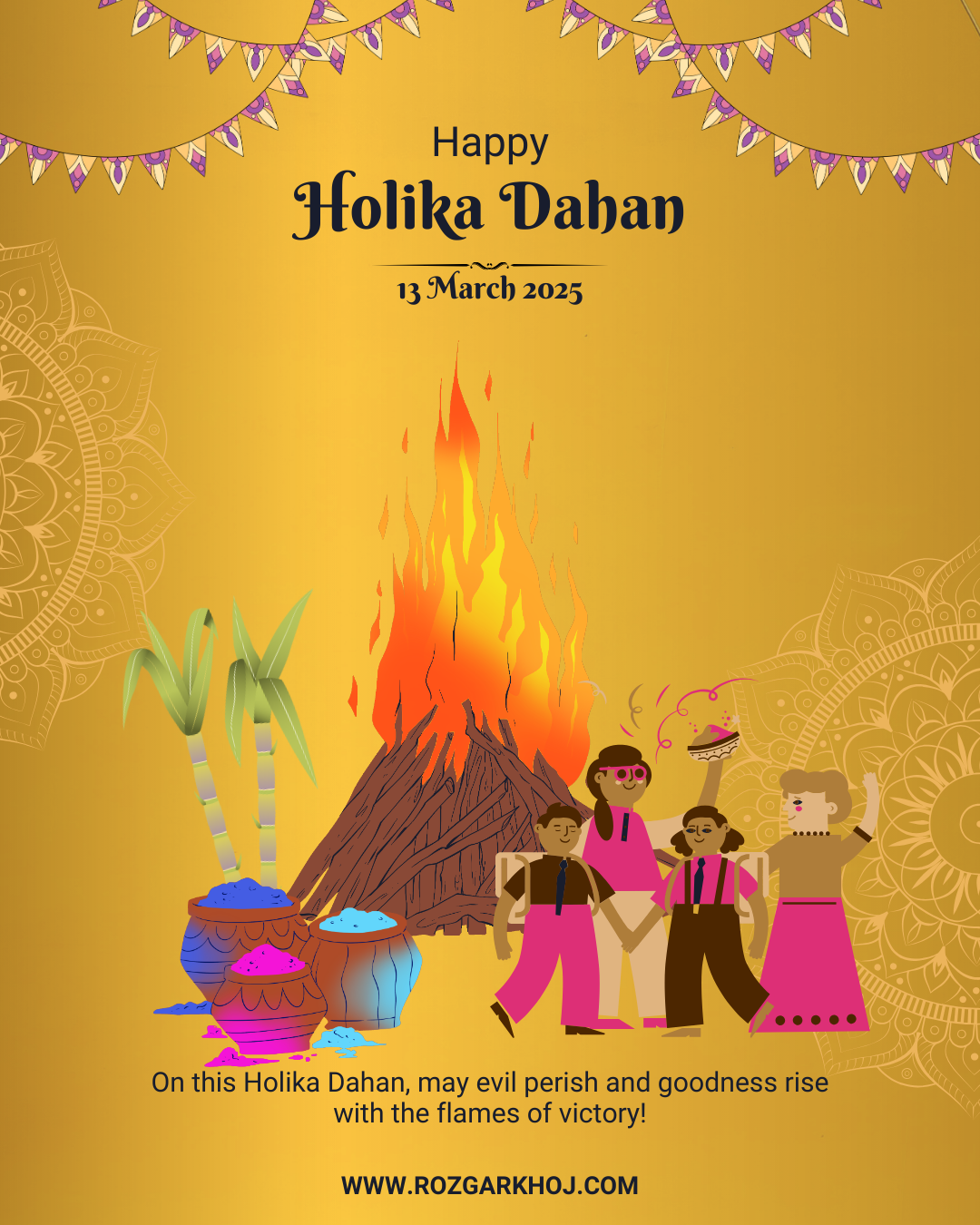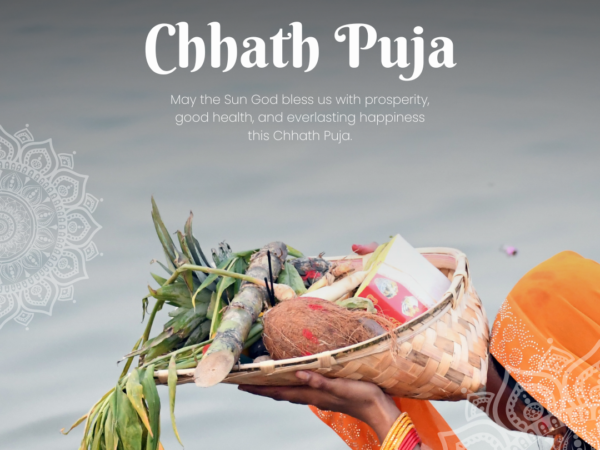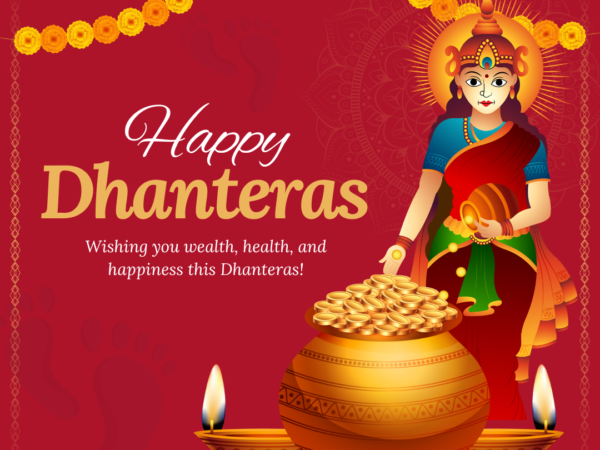Introduction
Holi, the vibrant festival of colors, is one of the most anticipated and widely celebrated festivals in India and across the world. It marks the arrival of spring and signifies the victory of good over evil, love over hatred, and unity over division. Holi is not just a festival; it’s a grand celebration of life, happiness, and togetherness. In 2025, Holi will be celebrated on Monday, March 14, and the excitement is already building up as people prepare to immerse themselves in a riot of colors, music, and festivity.
In this blog, we’ll explore the rich history, cultural significance, rituals, and modern-day celebrations of Holi 2025. We’ll also touch upon how the festival is evolving, sustainable ways to celebrate it, and why Holi continues to hold a special place in the hearts of millions worldwide.
The History and Mythology Behind Holi
Holi’s roots are deeply embedded in ancient Indian mythology and Hindu traditions. The festival is primarily associated with the following legends:
a) The Legend of Prahlada and Holika
The most popular story behind Holi is the tale of Prahlada, a devout follower of Lord Vishnu. Prahlada’s father, King Hiranyakashipu, was a tyrant who declared himself a god and demanded that everyone worship him. However, Prahlada refused to worship his father and remained devoted to Lord Vishnu.
In anger, Hiranyakashipu ordered his sister, Holika, who had a boon that made her immune to fire, to sit in a burning pyre with Prahlada in her lap. However, due to divine intervention, Holika was burned to ashes while Prahlada emerged unharmed. This victory of good over evil is celebrated with the ritual of Holika Dahan (bonfire) on the eve of Holi.
b) The Legend of Radha and Krishna
Holi is also linked to the playful and romantic relationship between Lord Krishna and Radha. It is believed that Krishna, who had a dark complexion, was worried about whether the fair-skinned Radha would accept him. On the advice of his mother, Yashoda, Krishna playfully applied colors on Radha’s face. This playful act of love became a tradition and is now celebrated with the throwing of colors during Holi.

2. The Significance of Holi
Holi holds both religious and cultural significance:
- Victory of Good Over Evil – The burning of Holika symbolizes the triumph of righteousness over wickedness.
- Welcoming Spring – Holi marks the end of winter and the arrival of spring, bringing warmth, fertility, and new beginnings.
- Unity and Brotherhood – The festival erases social barriers, with people of all ages, castes, and backgrounds coming together to celebrate.
- Forgiveness and Renewal – Holi is a time to forgive past grievances, mend relationships, and start anew with positivity and joy.
3. How Holi is Celebrated
Holi is a two-day festival, celebrated with enthusiasm and vigor across India and in many parts of the world.
a) Holika Dahan (March 13, 2025)
The celebrations begin on the evening before Holi with Holika Dahan or Chhoti Holi. People gather around large bonfires, symbolizing the burning of evil and negativity. The rituals involve:
- Collecting wood and combustible materials for the bonfire.
- Placing an effigy of Holika in the center of the pyre.
- Chanting prayers and mantras as the fire is lit.
- People walk around the fire, offering grains and coconut as a tribute.
The fire represents the cleansing of the soul and the destruction of negativity.
b) Rangwali Holi (March 14, 2025)
The main day of Holi, also known as Dhulandi or Rangwali Holi, is a celebration of colors, music, and joy. The day is marked by:
- Throwing of Colors – People smear each other with colored powders (gulal) and splash colored water using water guns (pichkaris) and balloons.
- Music and Dance – Traditional folk songs and modern Bollywood music fill the air as people dance and celebrate.
- Sweets and Delicacies – Special Holi treats like gujiya (sweet dumplings), thandai (a spiced milk drink), malpua, and puran poli are prepared and shared with neighbors and friends.
- Community Bonding – Holi transcends social and cultural barriers as people visit each other’s homes, exchange sweets, and renew bonds of friendship and love.

4. Regional Variations of Holi
Different parts of India have their unique styles of celebrating Holi, adding to the richness of the festival:
a) Lathmar Holi (Barsana and Nandgaon, Uttar Pradesh)
In Barsana, the birthplace of Radha, women playfully hit men with sticks (lath) as men try to shield themselves with shields. This playful battle reenacts the teasing of Radha and her friends by Krishna.
b) Phoolon Ki Holi (Vrindavan)
In Vrindavan, Holi is celebrated with flowers instead of colors. Devotees gather at the famous Banke Bihari Temple, and priests shower the crowd with colorful flower petals.
c) Royal Holi (Rajasthan)
In Rajasthan, Holi is celebrated with royal grandeur. The royal families of Udaipur and Jaipur host grand Holi balls with music, dance, and extravagant displays of color and fireworks.
d) Dol Jatra (West Bengal)
In West Bengal, Holi coincides with Dol Jatra, where idols of Lord Krishna and Radha are carried in processions, and devotees apply colors while singing devotional songs.
e) Shigmo (Goa)
In Goa, Holi is known as Shigmo, a traditional spring festival celebrated with processions, folk dances, and theatrical performances.
5. Modern-Day Holi Celebrations
Holi has evolved over the years, with modern influences blending with traditional customs:
- Eco-friendly Holi – Growing environmental awareness has led to the use of organic colors made from flowers, turmeric, and other natural ingredients.
- Water Conservation – In water-scarce regions, dry Holi with only colored powders is encouraged.
- Music Festivals – Large-scale Holi parties with DJs, live music, and color blasts have become popular in urban areas.
- Global Celebrations – Holi is now celebrated in countries like the United States, United Kingdom, Australia, Canada, and Dubai with cultural festivals, color runs, and music events.
6. Sustainable and Safe Holi
As Holi celebrations grow bigger, it’s essential to ensure that the festival remains environmentally and socially responsible:
a) Use Natural Colors
Opt for organic colors made from flowers, herbs, and natural dyes to avoid skin and eye irritation and reduce environmental damage.
b) Avoid Water Wastage
Use dry colors or limit the use of water during the celebrations to conserve this precious resource.
c) Be Mindful of Animals
Ensure that pets and stray animals are not harmed or frightened during Holi celebrations.
d) Respect Personal Boundaries
While Holi is about fun and playful interaction, it’s important to seek consent and ensure that everyone feels comfortable.
7. Why Holi Remains Relevant Today
Holi’s timeless message of love, forgiveness, and unity makes it one of the most meaningful festivals even in the modern world. In a time when social divisions, conflicts, and stress are prevalent, Holi serves as a powerful reminder to:
- Let go of past grievances.
- Embrace diversity and togetherness.
- Celebrate life with joy and gratitude.
Holi reminds us that colors, just like people, are different yet beautiful when they come together.
8. Conclusion
Holi 2025 promises to be a spectacular celebration of colors, joy, and human connection. As the festival approaches, the anticipation of playful color fights, delicious sweets, and shared laughter grows stronger. Whether you’re celebrating in the streets of India or at a Holi party abroad, the spirit of Holi remains universal—spreading love, unity, and positivity.
So, get ready to don your white clothes, grab your colors, and step into the magical world of Holi 2025. Let the colors of Holi fill your heart with joy and your life with happiness.




